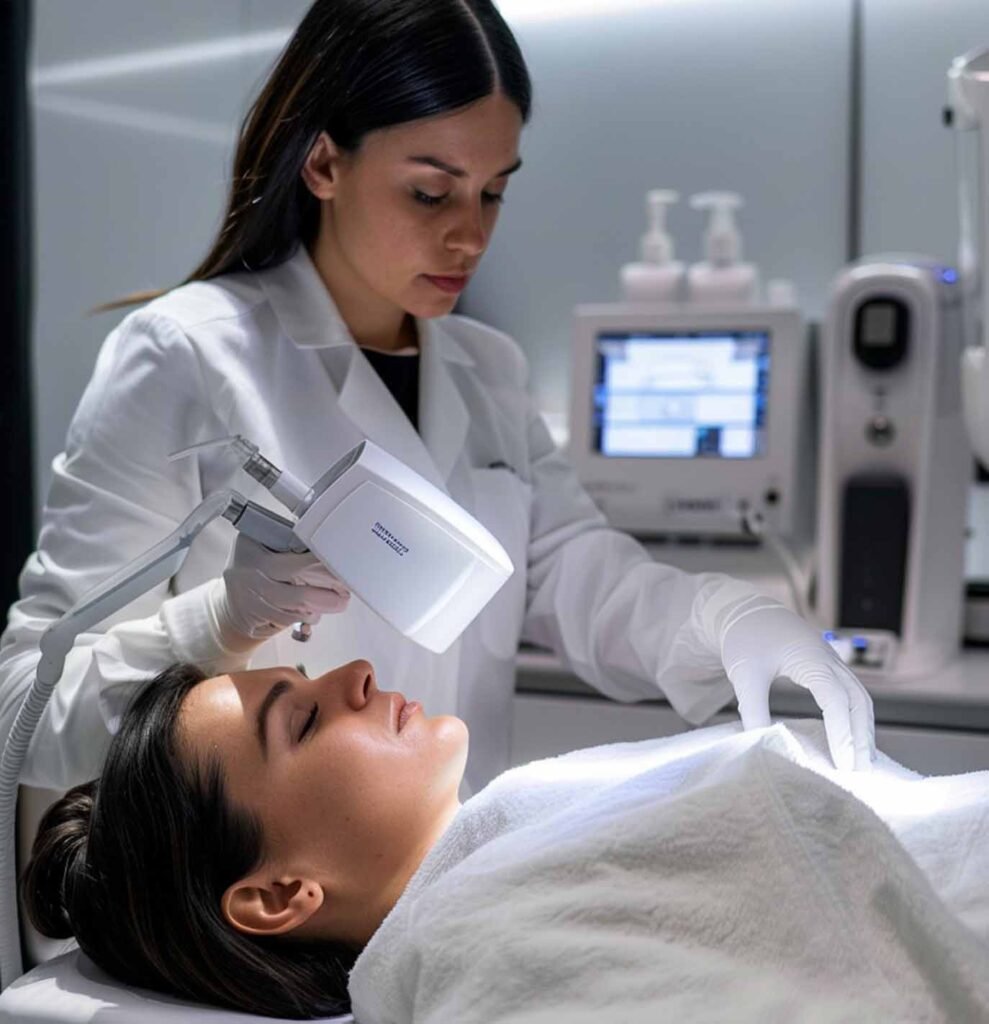How to Get Rid of Fungal Acne Naturally
What are Fungal Acne?
Another type of skin disease resembles different types of acne, but it is called fungal acne or Malassezia folliculitis. Malassezia overgrowth syndrome is described by the overpopulation of the body’s skin by the Malassezia yeasts. It means that, when coordinating the placement of the identification of the disease in question, understanding or recognizing the causes and indications of fungal acne is rather critical. The following are some clear and detailed definitions of fungal acne, the causes, and the signs.
1. Cleanse Your Skin Properly
There are still other processes that are required to be undertaken in the management of fungal acne, one of which is washing. Remove the oil on the face and the body one or two times a day using a gentle soap to wash away the oil but not the goodness. This helps avoid the overproduction of oil and on the same note, it prevents the microbes from penetrating through the facial skin pores. Select a face cleanser that contains salicylic acid or comes in the form of probiotics, this would maintain a healthy balance of the skin microbes.
2. Exfoliate Regularly
The plan for the regular cleaning of the face skin must include the use of scrubs two or three times per week so as not to form a layer of dead skin that contributes to the blockage of skin pores. This means you can use the gentle scrub or you can as well prepare your scrub using sugar or even oatmeal. For first-time use, it is advised to take a dropper-full and apply a few drops on the wrist to test the thickness. After the process of exfoliation, it is advisable to apply witch hazel for specific skin inflammation and for managing bacterial growth.
3. Use a Clay Mask
Clay face masks especially when used one or two times a week will help in the aspect of oiliness and shrinkage of the pores. It can be green or bentonite clay for toxins from your skin or lower the secretion of sebum. Following that, rinse the face with warm water preferably warm water with the mask left on the face for about 10-15 minutes.
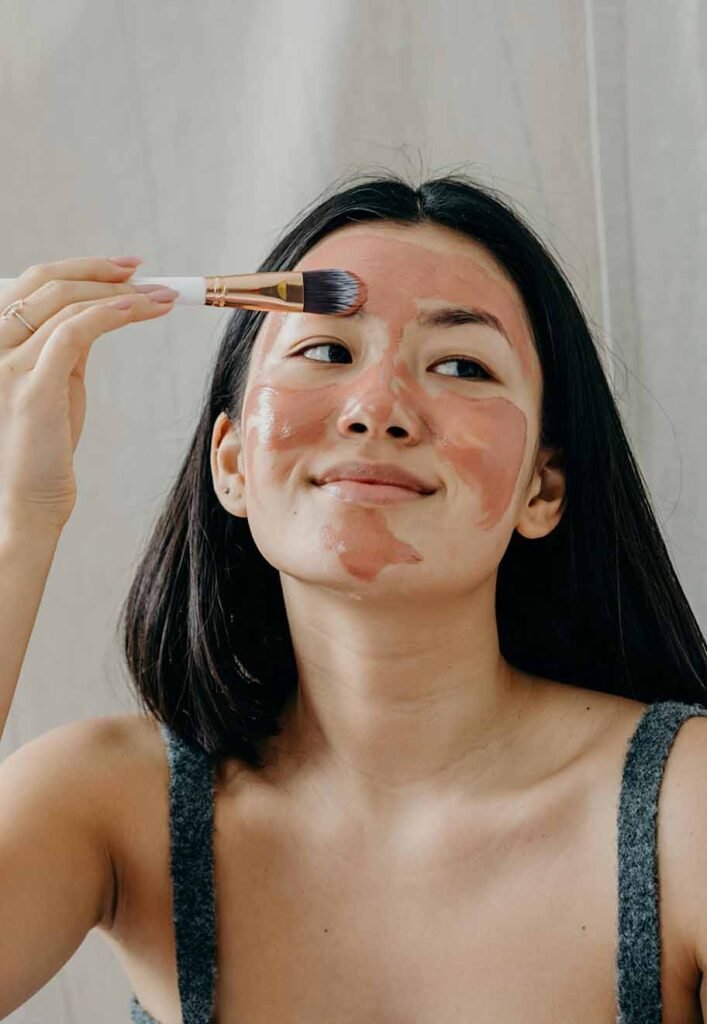
4. Apply Natural Antifungal Oils
The oil that has coconut oil, oil oregano, tea tree oil, and neem oil to a certain extent has antifungal properties to wipe out the yeast causing fungal acne. Medium-chain fatty acids in coconut oil are powerful antifungal agents. This may be done using neem oil at 3 drops mixed with coconut oil or almond oil in one tablespoon and then applied on the infected areas.
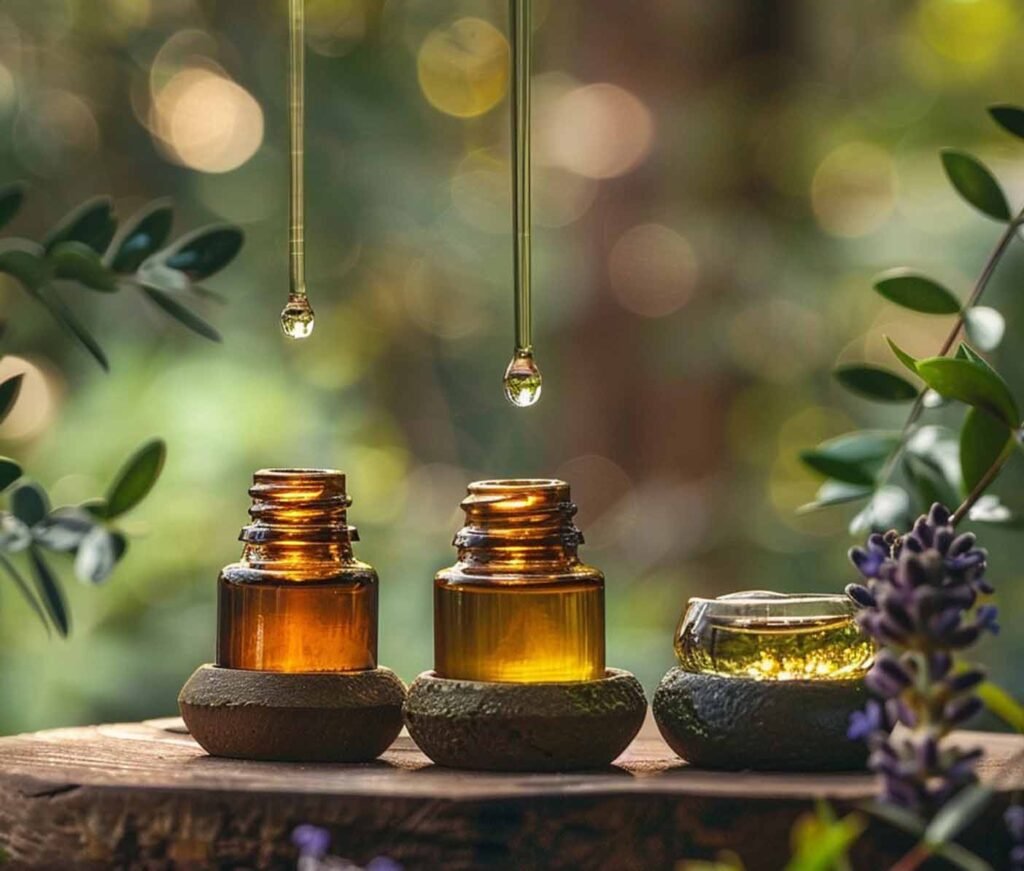
5. Use Anti-Dandruff Shampoo
Besides, it is important to know that the anti-dandruff shampoos that do not apply the way described above but contain active substances –
zinc or selenium sulfide are effective in fighting fungal acne. About these ingredients, they work effectively to destroy the yeast that exists on your skin. Apply water to the shampoo, spread it to the infected parts, and let it dry for around 5 minutes then wash off.
6. Wear Loose Clothing
As a result, the fungi grow in hot and humid environments; and embed themselves in sweat-saturated clothes and bodies; tight fashionable wears compound the situation. The clothing should be loose and should be preferably of cotton if it’s to be worn during steamy weather. This also makes your skin dry and enhances the reduction in the formation of yeast at the same time.
7. Change Out of Sweaty Clothes
It is recommended you remove your exercise/sweat clothes as soon as possible after you exercise or get sweaty. Bathe and wash your skin in such a way that sweat accumulation is eliminated and microbes cannot penetrate the surface of your skin. By putting on new clothes while dressing, the health of the skin is boosted in a big way.
8. Apply Turmeric Paste
New information shows that it is possible for turmeric to combat the fungus because of the compound’s anti-inflammatory, antimicrobial, and antioxidant qualities. Prepare a paste with ½ a teaspoon of turmeric powder and coconut oil or water. Rub it softly on the infected areas apply a bandage on the areas and let it stay for the whole night. For this, it is suggested to be given as a show with performances stretching multiple nights in a week.
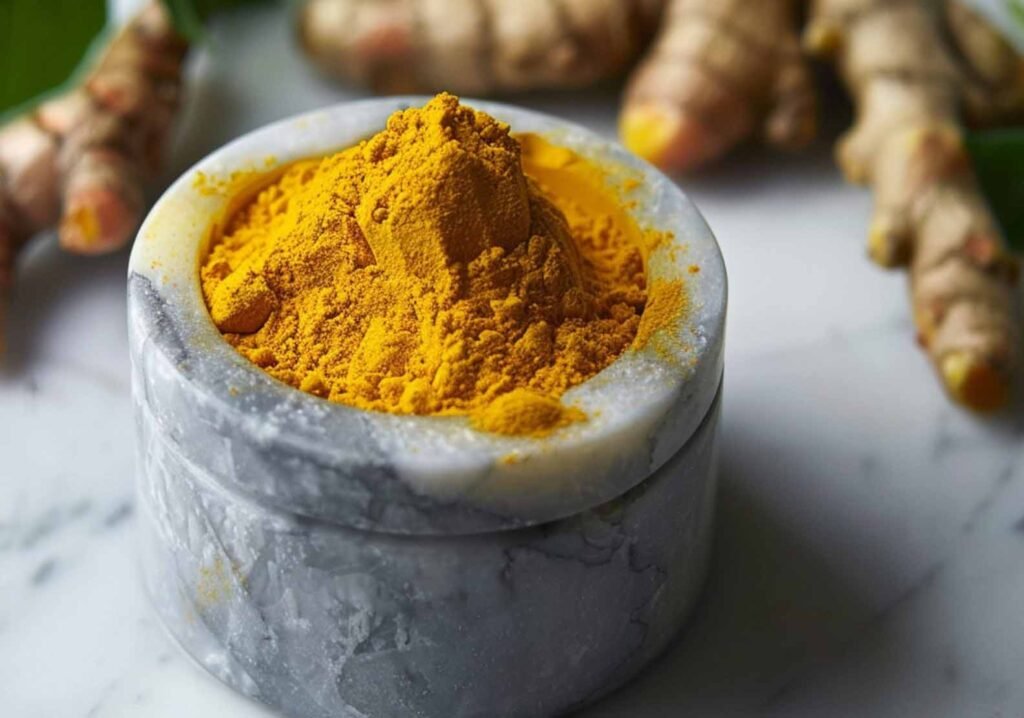
9. Use Witch Hazel
A witch hazel is a natural that will enable you to minimize oil and shrink the hole. It is easier to get witch hazel without a prescription but one should use it as follows, apply on the skin with a clean cotton ball one or two times a day. It helps to continue the secretion of sebum and offers relief to irritated skin.
10. Stay Hydrated
It also promotes effective sharpness of the skin through the consumption of many fluids and can effectively minimize the secretion of sebum. The science of skin and water richness indicates that many glasses of water should be consumed daily: more than eight to avoid skin dryness and oily skin.
11. Eat a Balanced Diet
Intake of a balanced diet especially greens, lean meat, and foods with good daily fat will help regulate the secretion of sebum. Minimize the intake of products derived from dairy and foods enriched with sugar and refined carbohydrates as they lead to the secretion of oils on the skin which is associated with fungal acne.
12. Manage Stress
Worse still, stress results in the formation of oily skin and fungal acne caused by the production of excess sebum. This form of pressure should be redeemed by doing more yoga, meditation, or deep breathing so that your skin may be balanced and relaxed.
13. Apply Green Tea
Green tea contains antioxidants and has other benefits that make it to be classified as anti-inflammatory. When it comes to facial skin treatment green tea has no side effects; one can apply green tea directly on the skin or use such products that contain green tea components as they help to regulate sebum secretion and soothe the skin.
14. Consult a Dermatologist
Thus, if no positive outcome is observed from the natural remedies after a month, one should consult a dermatologist. It is an indication that they can afford an even more precise prescription to subdue the yeast’s crass, dark blemish, and constant hair loss.
This indicates that through natural tips, the infection can be controlled and thereby reduce the occurrence of fungal acne hence good health skin. This should be done routinely; hence, these practices should integrate into any fight against skin aging as habits.
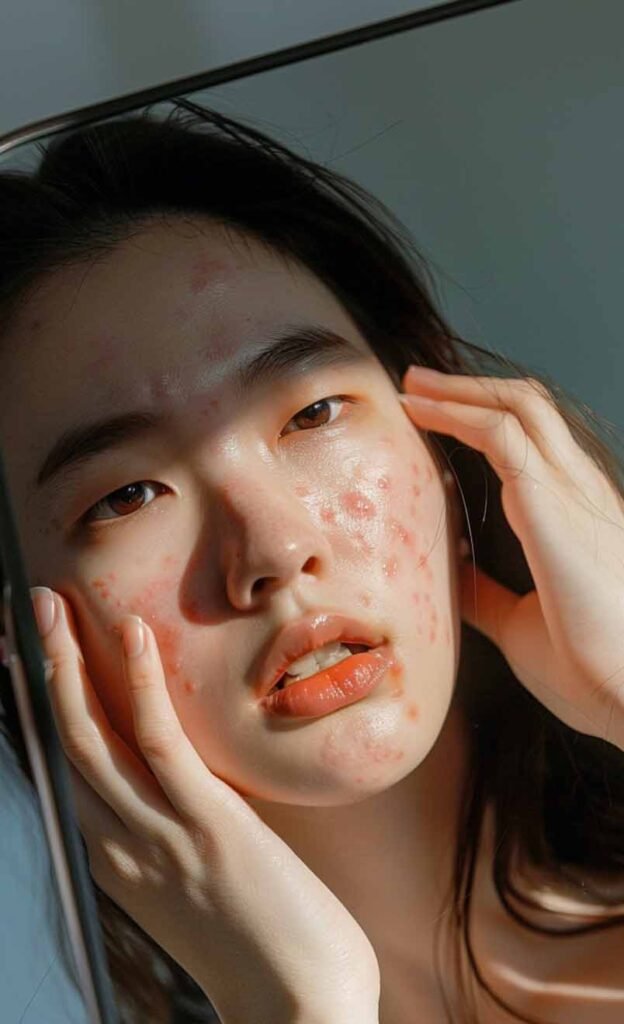
Causes and Symptoms
Causes of Fungal Acne
Malassezia Overgrowth: Fungal acne occurs when the usual number of the skin fungus Malassezia gets to the level almost of a breakout. This overgrowth probably shows itself in places where skin is frequently in contact with moisture combined with heat such as when the skin is hot and drenched with sweat owing to high humidity.
Hair Follicle Infiltration: This skin disease is characterized by the fungus Malassezia which penetrates the hair follicles and triggers an immune reaction in the skin that leads to inflammation is witnessed by the white blood cells. This response causes inflammation of the hair follicle and the skin transforms knobs on its outer side.
Risk Factors: Predisposing factors to fungal acne such as; having oily skin, a weak immune system, applying oil-based creams, sweating, and being in an area of high humidity. Individuals with other skin diseases diseases such as tinea versicolor, and seborrheic dermatitis are also at risk of getting fungal acne.
